
Decentralized social networks are rapidly redefining the rules of engagement, and at the heart of this transformation lies a new paradigm: on-chain reputation systems. Platforms like Farcaster and Lens Protocol are pioneering this shift, using blockchain technology to build transparent, trust-driven communities where users truly own their identity and social capital. As these protocols compete for dominance in the DeSoc (decentralized social) race, the question is no longer if on-chain reputation matters, but how it actively shapes growth and engagement.
![]()
Why On-Chain Reputation Is a Game Changer for Web3 Social
Traditional social platforms rely on opaque algorithms and centralized moderation to determine who gains influence. In contrast, on-chain reputation systems provide an open, immutable record of user actions, be it posting valuable content, moderating discussions, or fulfilling bounties. This transparency enables communities to self-regulate and reward meaningful contributions without gatekeepers.
For developers and community builders, this means new ways to bootstrap trust: users can verify each other’s credibility across apps within the same ecosystem. For example, a well-regarded Lens Protocol user can carry their reputation into any app built on Lens’ decentralized social graph. Similarly, a Farcaster user’s history of positive interactions is accessible across all Farcaster-enabled applications.
Key Benefits of On-Chain Reputation in Decentralized Communities
-
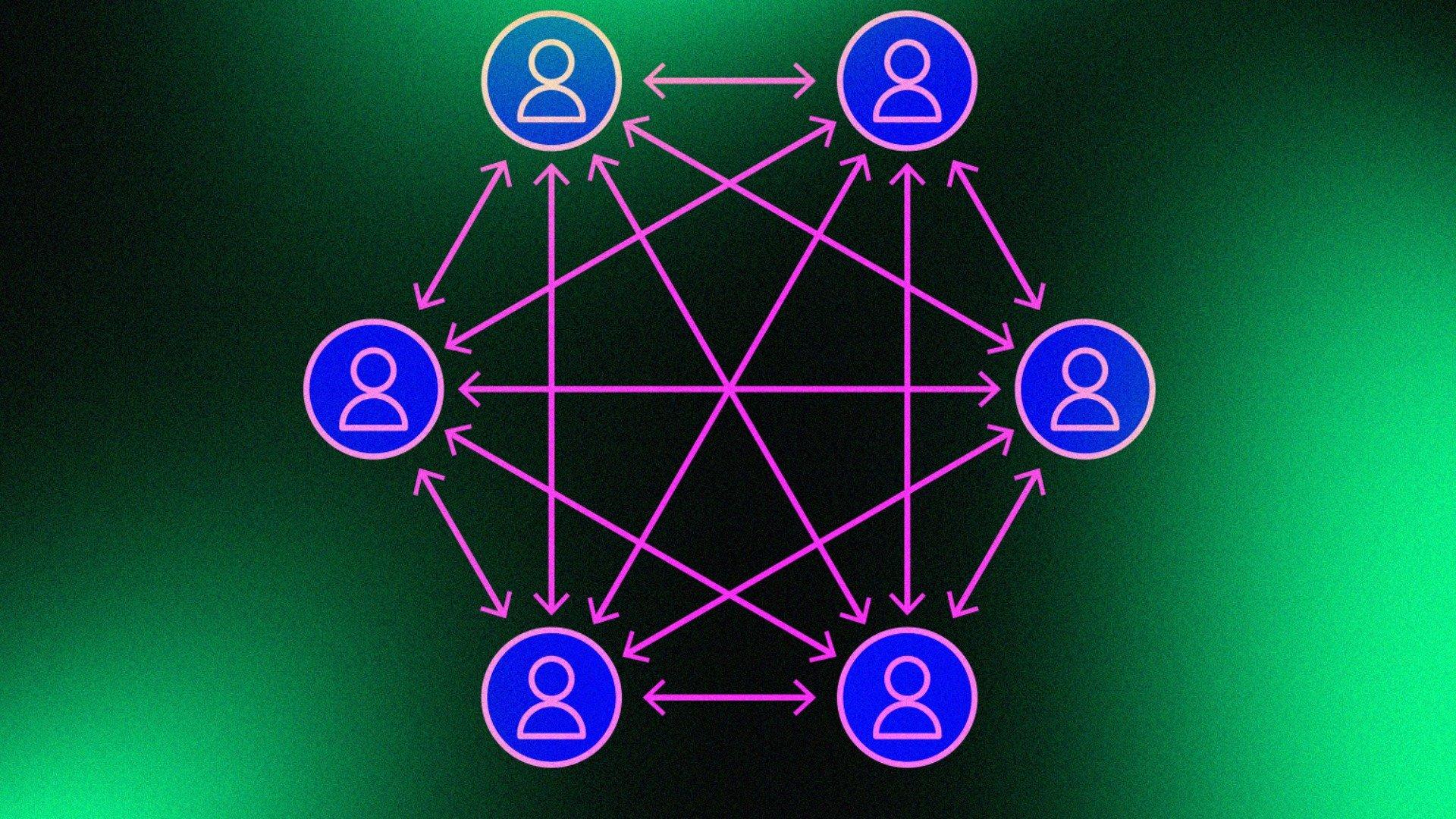
Trustless Identity Verification: On-chain reputation systems like those in Farcaster and Lens Protocol use blockchain-based identities, enabling users to prove their credibility without relying on centralized authorities. This fosters a more trustworthy environment for interactions and collaborations.
-

Interoperability Across Platforms: By representing user profiles and actions as NFTs (as in Lens Protocol), on-chain reputation can be seamlessly transferred and recognized across different decentralized applications, enhancing user experience and network effects.
-
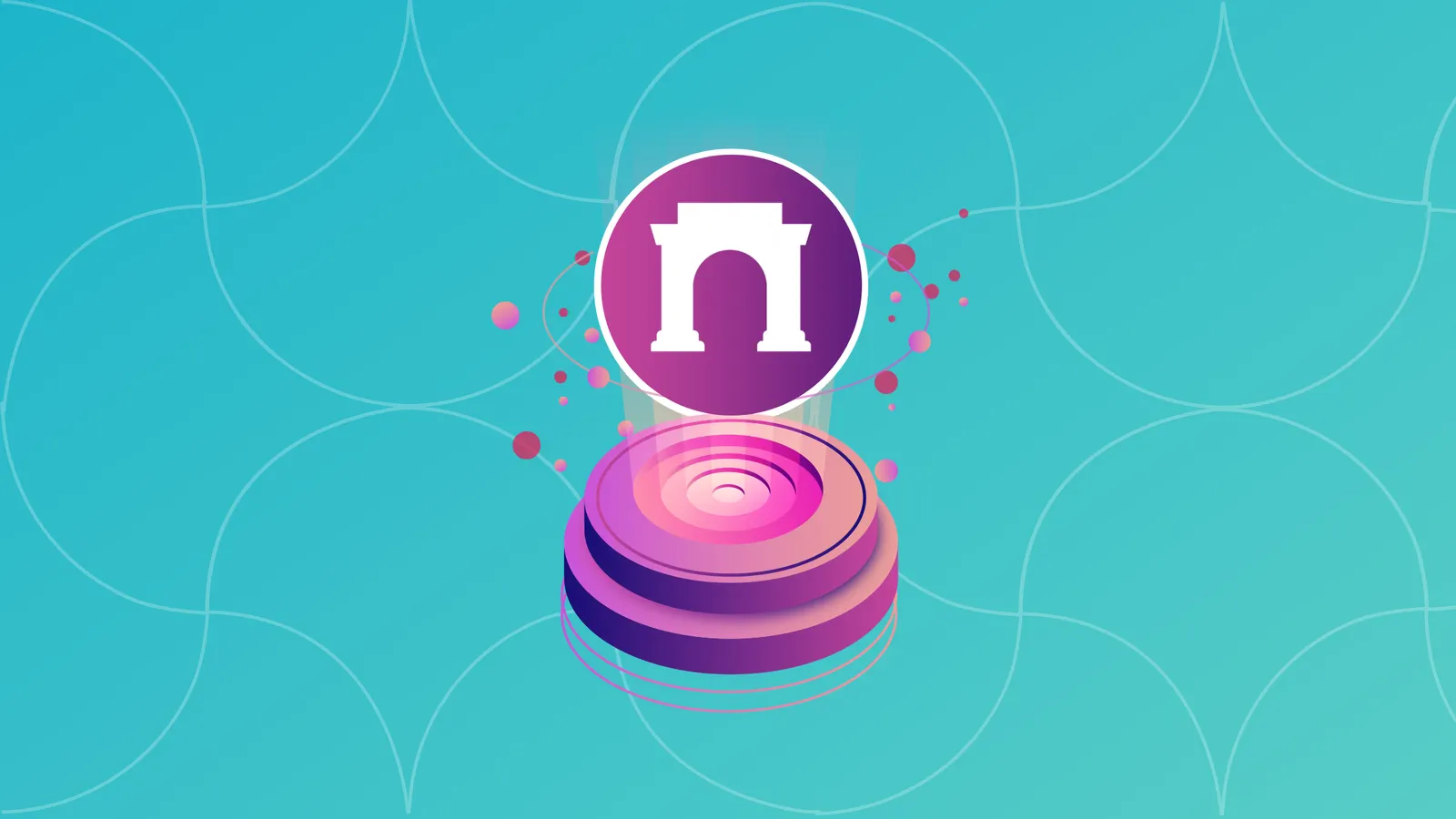
Enhanced Community Engagement: Transparent and immutable records of user contributions (such as those leveraged by Bountycaster on Farcaster) encourage active participation, as users are rewarded with visible reputation for positive actions.
-

Self-Regulating Ecosystems: On-chain reputation enables decentralized communities to develop organic moderation and incentive mechanisms, reducing the need for centralized oversight and empowering users to govern themselves.
-
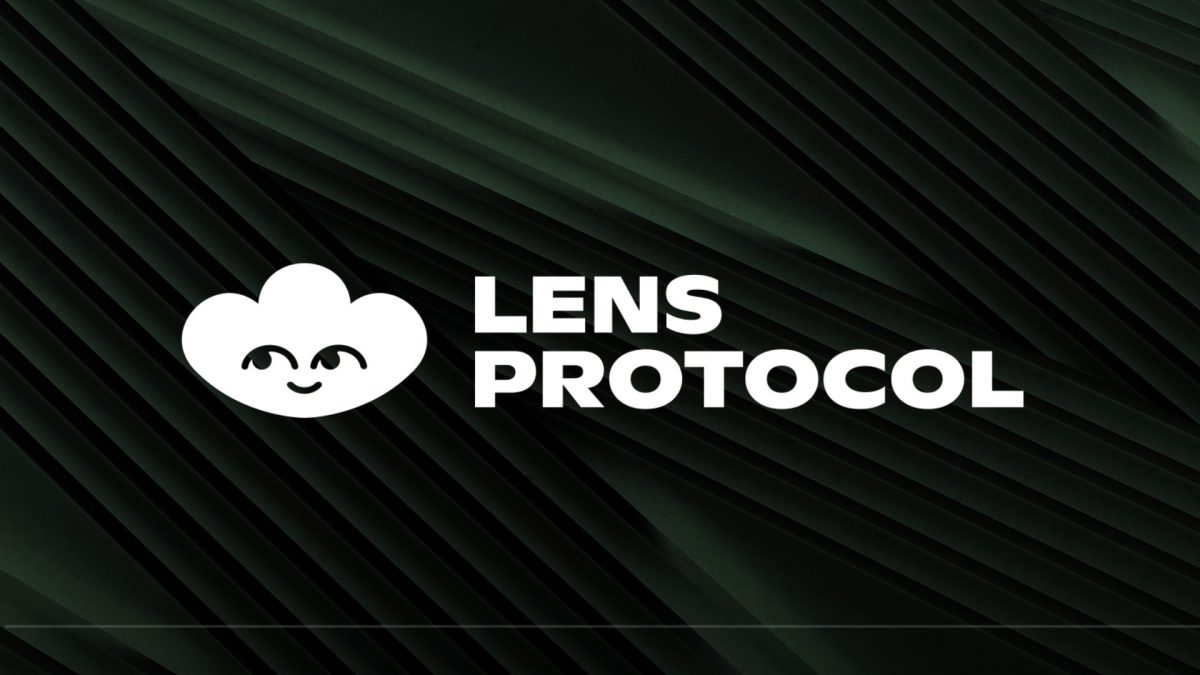
Data Ownership and Portability: With protocols like Lens storing social data as NFTs, users maintain full ownership and control over their reputation, ensuring privacy and freedom to move between platforms without losing their history.
-
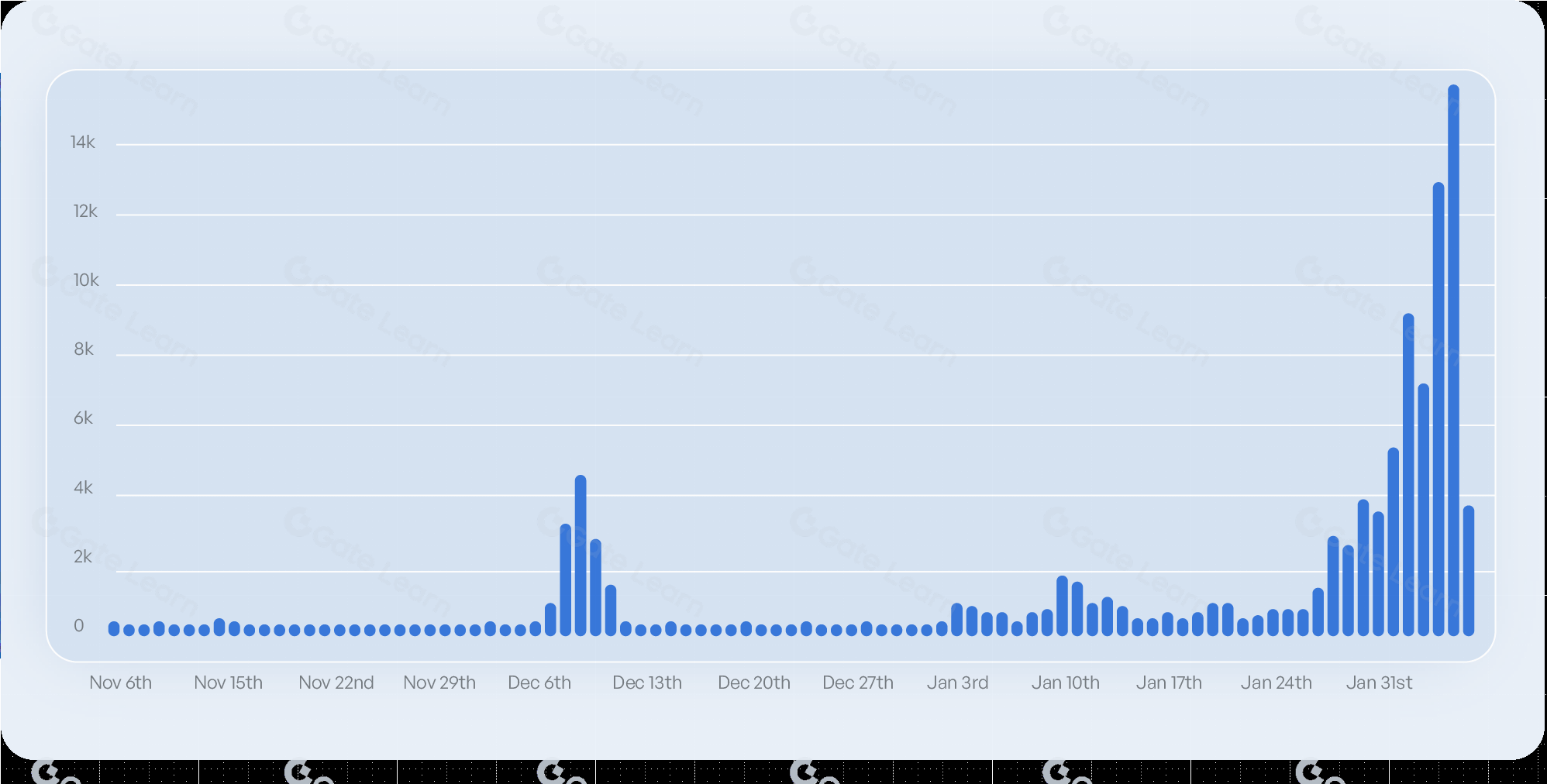
Transparent Growth Metrics: The public nature of on-chain reputation allows communities to track engagement and growth, as seen with Farcaster’s rise from 5,000 to over 50,000 daily active users in 2024, providing valuable insights for developers and community leaders.
Farcaster’s Hybrid Approach: Balancing Decentralization With Usability
Farcaster‘s architecture strikes a unique balance between decentralization and user experience. User identities are registered on-chain via smart contracts on Optimism, providing cryptographic proof of identity, while most day-to-day interactions happen off-chain through distributed Hubs. This hybrid model allows Farcaster to scale efficiently while ensuring that key events (like profile creation or major milestones) are permanently recorded on-chain as part of a user’s reputation ledger.
This design has paid off handsomely in 2024: Farcaster’s daily active users surged from around 5,000 at the start of the year to over 50,000 by September. Engagement peaked at 73,700 unique users in November 2024, driven by apps like Bountycaster that leverage on-chain reputation for trust-based bounties and collaborations (source). As users accumulate verifiable achievements, completing tasks, earning endorsements, their standing becomes portable across the ecosystem. This portability is a powerful catalyst for organic community growth.
Lens Protocol’s NFT-Based Reputation System: Interoperability by Design
Lens Protocol takes a distinct approach by encoding profiles, follows, and content as ERC-721 NFTs. This means that every interaction, whether it’s publishing an article or following another creator, is represented as an asset you own. The result? Users have full control over their data and can port their social graph (and thus their reputation) anywhere within the Lens ecosystem.
The introduction of Open Actions has further enriched Lens’ reputation system. Now users can trigger on-chain events (like minting NFTs or joining DAOs) directly from their social feed; each action is linked to their profile NFT. This composability not only makes reputations richer but also more interoperable across dApps leveraging Lens’ infrastructure.
NFT-Based Reputation in Web3 Social: Farcaster vs. Lens
Test your understanding of how NFT-based reputation systems are transforming decentralized social media platforms like Farcaster and Lens Protocol! Answer the questions below to see how well you grasp the concepts and impacts of on-chain reputation in Web3 social.
This NFT-centric model has fueled explosive growth: within its first year, Lens Protocol attracted nearly 370,000 users, with daily activity trending upward month after month (source). The ability to carry your digital credentials across platforms is proving irresistible for creators and community managers alike.
As on-chain reputation systems mature, they are beginning to serve as the connective tissue for the next generation of decentralized communities. Rather than being locked into siloed platforms, users on Farcaster and Lens Protocol can build a persistent, verifiable track record that transcends individual apps and use cases. This portability is already changing how communities form, moderate themselves, and reward positive-sum behaviors.
How On-Chain Reputation Accelerates Community Growth
One of the most profound effects of these systems has been their ability to incentivize authentic engagement. Because every meaningful interaction is recorded and publicly auditable, users are motivated to contribute constructively, whether by sharing insights, curating content, or collaborating on projects. In turn, communities can design more nuanced governance models that leverage these reputation signals. For example, DAOs built atop Farcaster or Lens can allocate voting power or distribute rewards based on a user’s historical contributions rather than simple token holdings.
This shift is visible in the data: Farcaster’s surge from 5,000 to over 50,000 daily active users in less than a year (source) mirrors how trust and transparency accelerate network effects. Similarly, Lens Protocol’s steady climb to nearly 370,000 users demonstrates that giving people control over their reputational assets unlocks new forms of collaboration and creativity across the decentralized web.
Emerging Use Cases: Beyond Follower Counts
The implications of on-chain reputation extend far beyond simple social metrics. We’re seeing new types of applications emerge:
Innovative dApps Leveraging Farcaster and Lens Reputation
-

Bountycaster (Farcaster): Bountycaster utilizes Farcaster’s on-chain identity and reputation system to enable users to post, discover, and fulfill bounties. Reputation data helps establish trust between bounty creators and solvers, enhancing collaboration and reliability within the community.
-
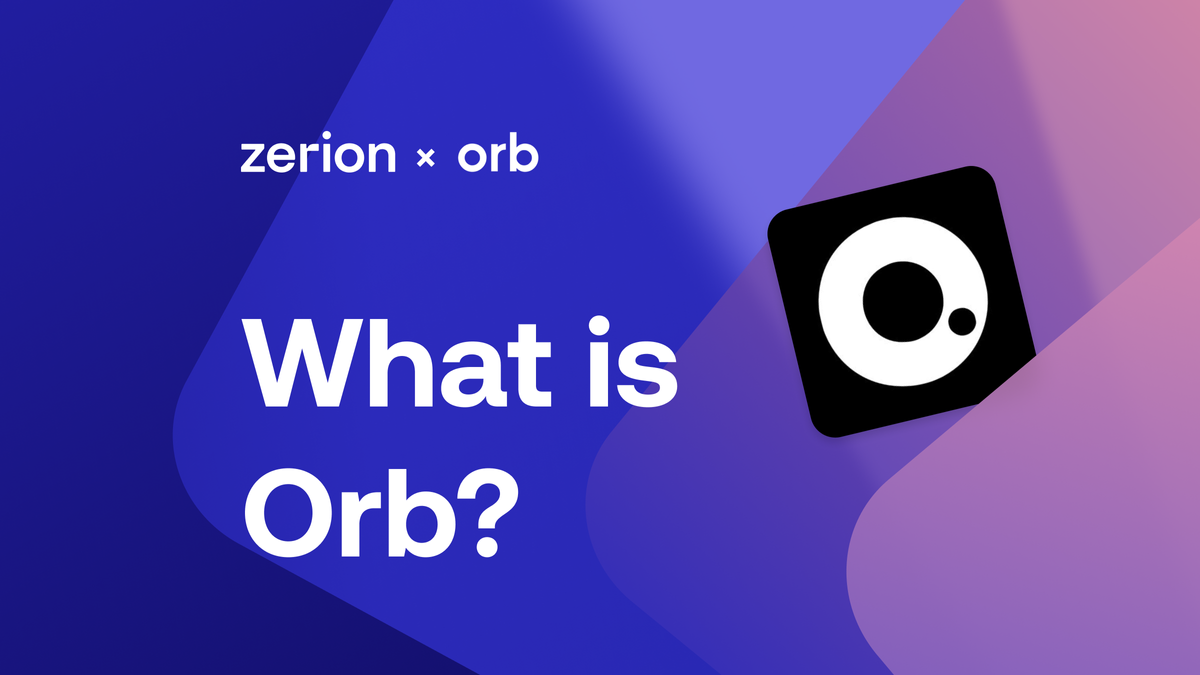
Orb (Lens Protocol): Orb is a social networking dApp built on Lens Protocol that leverages on-chain reputation tied to user profiles. By using Lens NFTs for identity, Orb enables users to carry their social reputation across integrated apps, fostering trusted interactions and community growth.
-
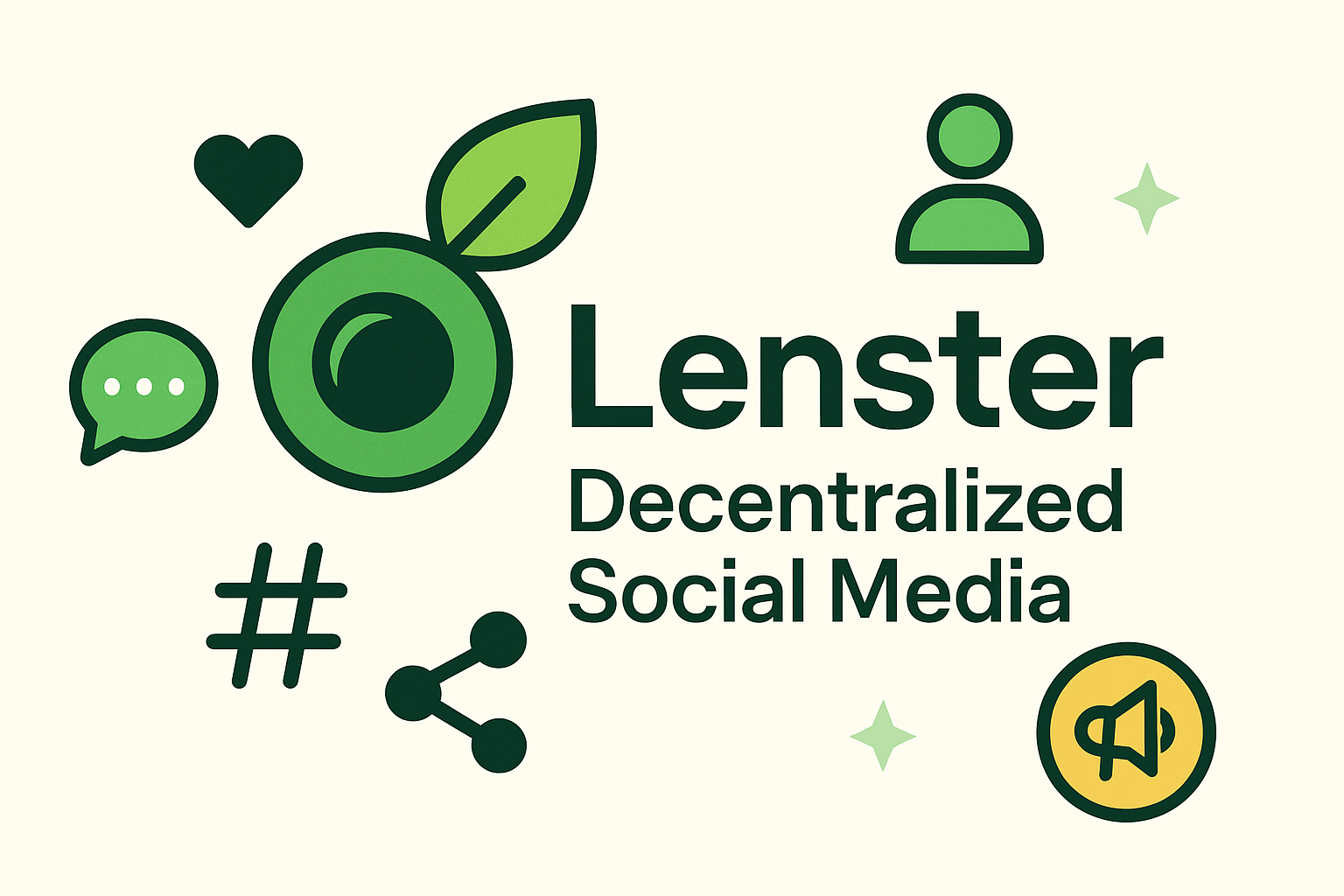
Lenster (Lens Protocol): Lenster is a decentralized social media platform where user actions—such as posts, comments, and follows—are recorded as on-chain NFTs. This allows users to build and showcase their reputation transparently, encouraging authentic engagement and content ownership.
-
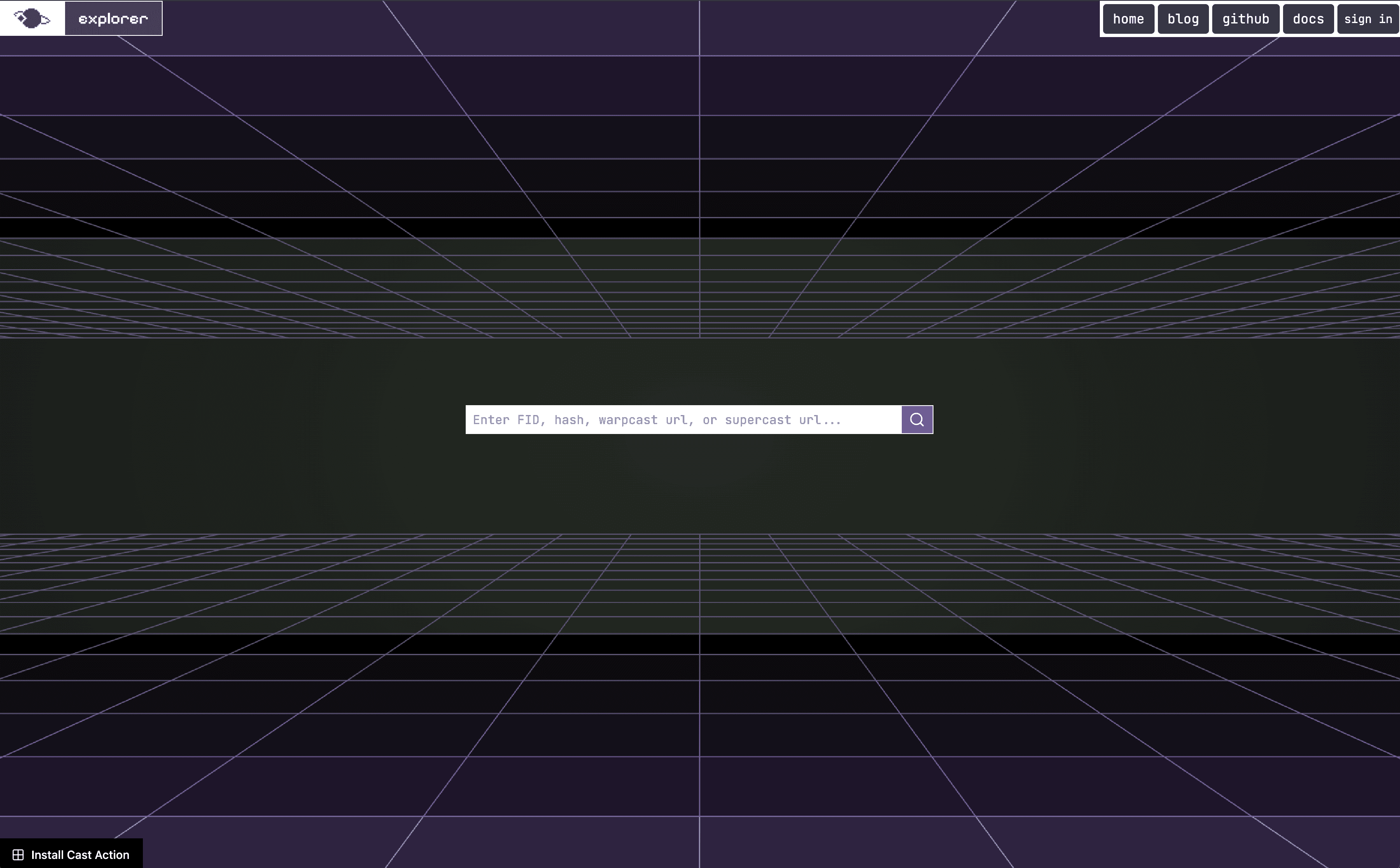
Neynar (Farcaster): Neynar provides developer tools and APIs for building dApps on Farcaster. It leverages Farcaster’s on-chain reputation to help applications verify user identities and social trust, supporting the creation of more secure and credible social experiences.
-
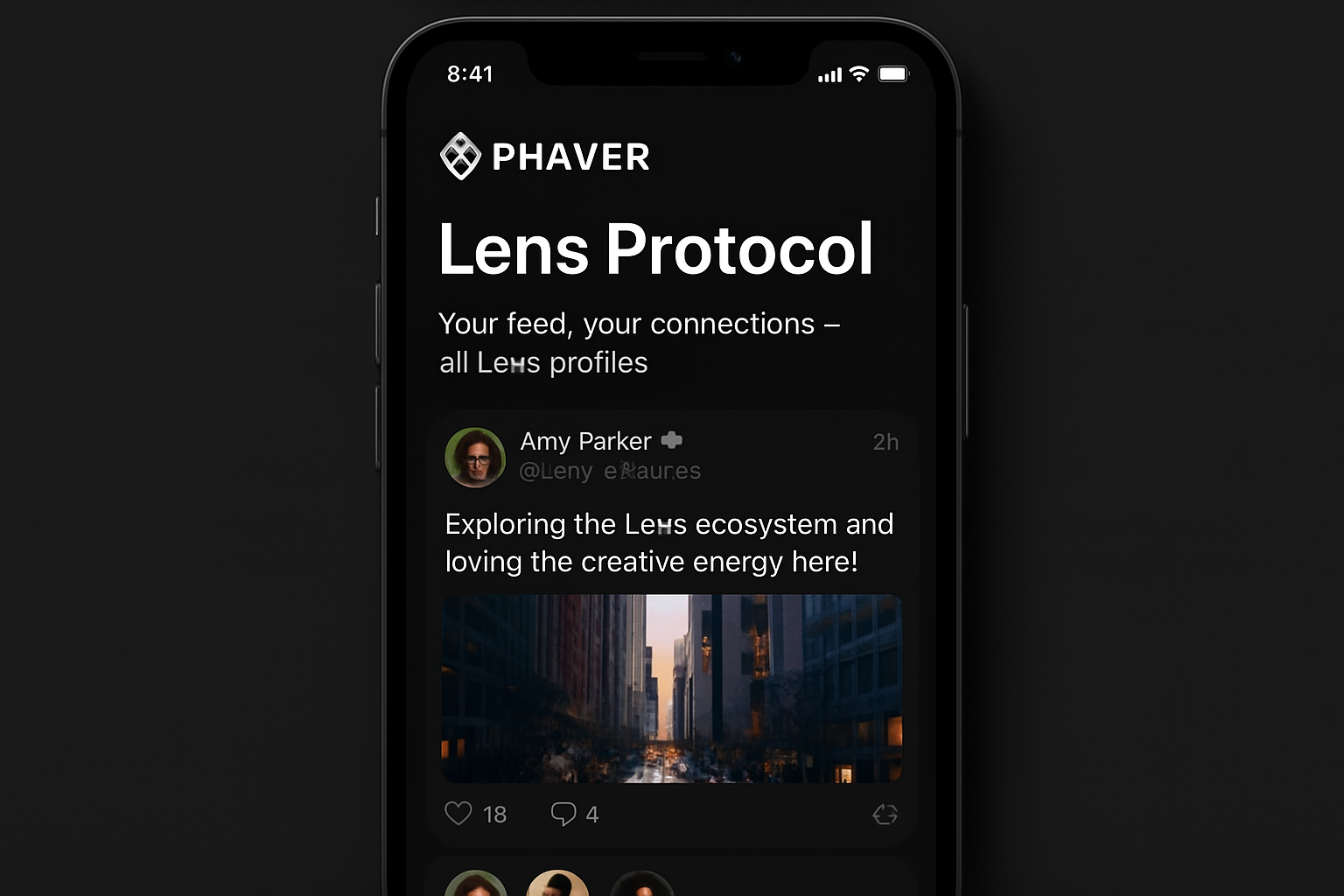
Phaver (Lens Protocol): Phaver integrates Lens Protocol’s on-chain reputation into its mobile social app, allowing users to connect multiple Web3 profiles and showcase their social credibility. Reputation metrics help users discover trustworthy content and creators across the Lens ecosystem.
For instance, Bountycaster uses Farcaster’s reputation data to match trustworthy contributors with open bounties, reducing fraud and boosting community throughput. On Lens Protocol, creators can bundle their body of work as NFTs with embedded provenance, making it easier for curators and DAOs to discover talent based on objective history rather than popularity alone.
This evolution also empowers communities to experiment with decentralized moderation. By leveraging transparent engagement histories instead of opaque algorithms or centralized gatekeepers, protocols can crowdsource moderation decisions or grant privileges based on demonstrated trustworthiness. The result is a more resilient social fabric where incentives align with long-term value creation.
Challenges Ahead and What Comes Next
Despite these advances, several challenges remain. Sybil resistance, preventing fake accounts from gaming the system, continues to be an area of active research. Projects like idOS are experimenting with privacy-preserving identity frameworks that could further strengthen Web3 social reputation (see ongoing coverage at FarcasterNews. com). Additionally, striking the right balance between public accountability and user privacy will be crucial as adoption grows.
The race between Farcaster and Lens Protocol is emblematic of a broader shift in how we measure influence online: not by follower counts or engagement farming but by provable contributions across transparent networks. As these protocols continue to innovate, integrating richer forms of attestations and cross-chain interoperability, their impact on decentralized community growth will only deepen.
The future belongs to those who can build trust without gatekeepers. On-chain reputation isn’t just transforming Web3 social; it’s laying the foundation for an internet owned by its users, one action at a time.



